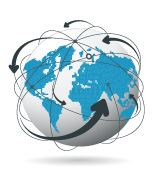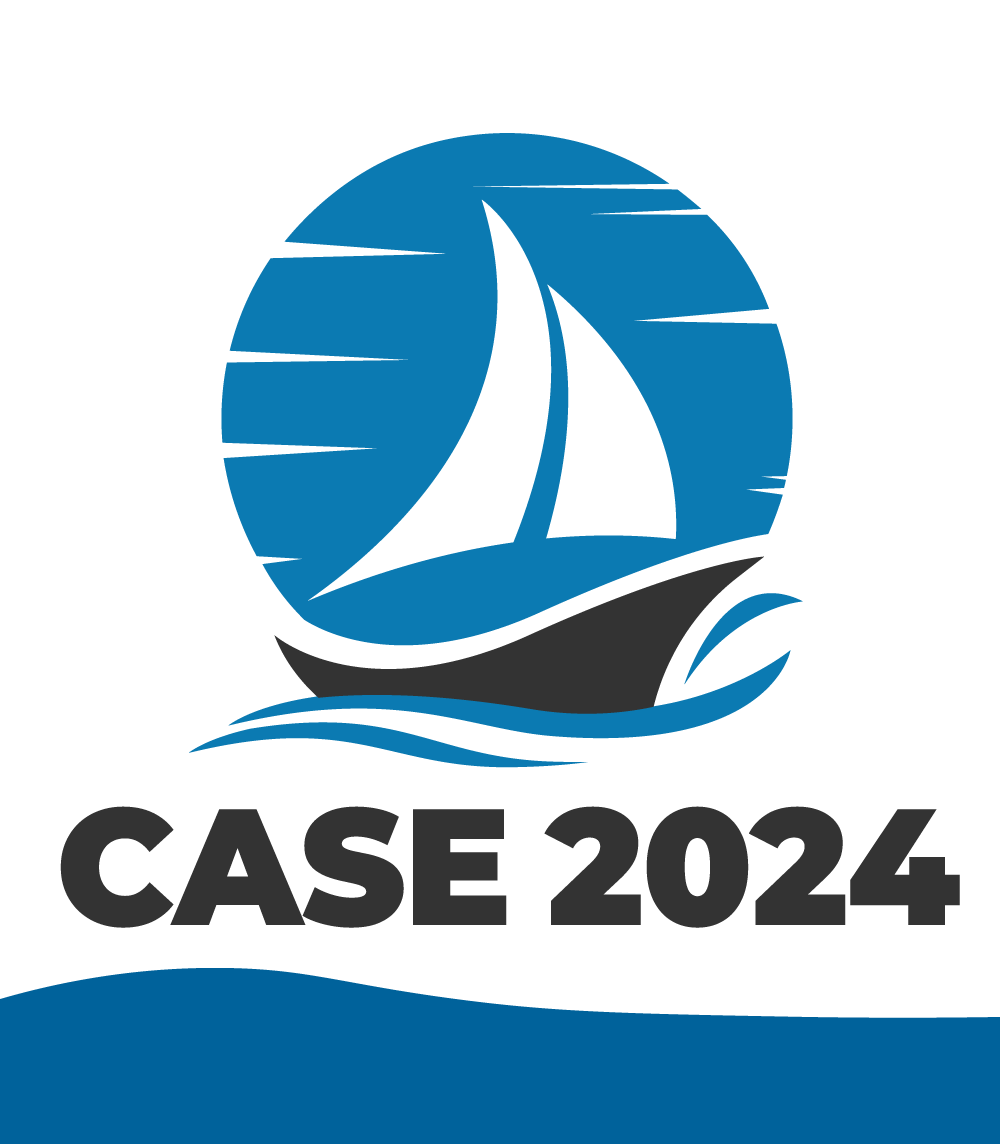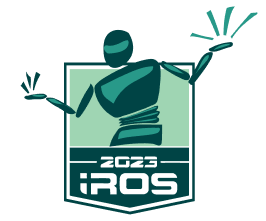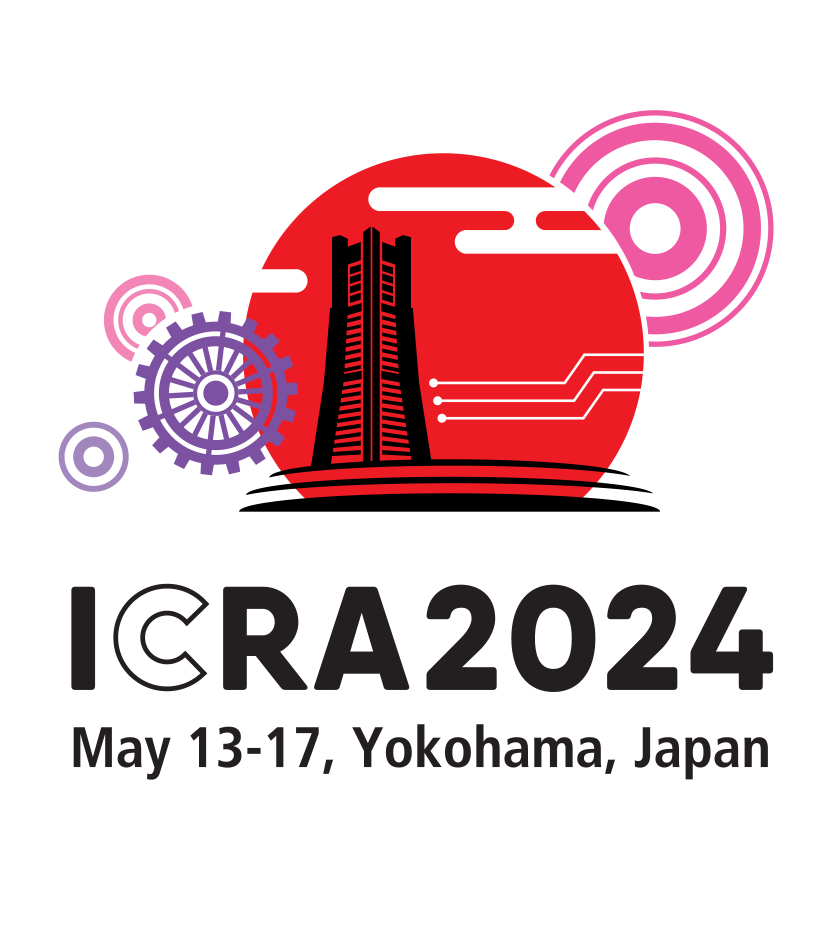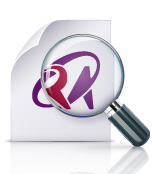Frequently Asked Questions
General Background of T-ASE
How can I learn more about T-ASE?
The new IEEE Transactions on Automation Science and Engineering (T-ASE) announcement is a good place to learn more about the new transactions.
What is the history of the origin of T-ASE?
When the IEEE Transactions on Robotics and Automation (T-RA) was bifurcated into two separate journals, they were renamed Transactions on Robotics (T-RO) and Transactions on Automation Science and Engineering (T-ASE). T-RO publishes fundamental papers on Robotics, with special emphasis on robots and intelligent machines or systems for unstructured environments, where a significant portion of the environment is unknown and cannot be directly sensed or controlled. In contrast, T-ASE publishes fundamental papers on topics related to intelligent machines/systems in structured environments and the explicit structuring of environments.
When did submissions begin for T-ASE?
Acceptance of submissions to T-ASE began June 1, 2003.
When did the first issue of T-ASE appear?
The first issue of T-ASE appeared in July 2004.
Where can I view sample papers published by T-ASE?
Sample T-ASE papers can be viewed via IEEE Xplore.
Who is the Editors-in-Chief for T-ASE?
Frank Park is the Editor-in-Chief of T-ASE.
Who are the main contacts for T-ASE and T-RO?
For T-ASE editor-related issues: Yu Sun, Editor-in-Chief of T-ASE
For T-ASE strategic issues: Frank Park, Editor-in-Chief of T-ASE
For T-RO editor-related issues: Kevin Lynch, Editor-in-Chief of T-RO
FAQs for Authors
Should I submit my paper to T-ASE (rather than T-RO)?
A key goal of T-ASE is to broaden the definition of Automation Science both vertically, from the Enterprise Level down to the design of machines, and horizontally, across a spectrum of industries. One characteristic of papers in T-ASE is their focus on scientific results that advance efficiency, quality, productivity, and reliability. We welcome papers in T-ASE that emphasize high quality results and foundational theory. T-ASE attempts to synthesize a broader view of Automation activities that go beyond the conventional view of Automation as activity-related only to manufacturing.
For example, here are some sample new application areas for T-ASE:
Biotechnology and Health; Pharmaceutical High Throughput Screening; DNA Chip Fabrication and Screening; Medical and Health Monitoring; Combinatorial Chemistry; Food Handling and Processing; Agriculture; Livestock and Fishing; Inspection and Storage; Service Industries; Construction; Cleaning; Data Storage and Cartridge Loading; Retirement and Child Care; Hospitality, Entertainment, and Theme Park Systems; Retail: Labeling, Checkout, Stocking; Transportation, Security, and Maintenance; Transportation and Traffic Automation; Package and Baggage Handling and Inspection; Automatic Identification; Law Enforcement; Home/Garden Automation; Space and Underwater Systems.
What is the scope statement of T-ASE?
T-ASE publishes fundamental papers on Automation, emphasizing scientific results that advance efficiency, quality, productivity, and reliability. T-ASE encourages interdisciplinary approaches from computer science, control systems, electrical engineering, mathematics, mechanical engineering, operations research, and other fields. We welcome results relevant to industries such as agriculture, biotechnology, healthcare, home automation, maintenance, manufacturing, pharmaceuticals, retail, security, service, supply chains, and transportation.
How do I submit a paper to T-ASE?
Submissions are made directly on ScholarOne Manuscripts at http://mc.manuscriptcentral.com/t-ase.
Where can I find Instructions for Authors?
Instructions for authors are provided on-line at the ScholarOne Manuscripts site and at the T-ASE authors information page.
What basic information is needed at the time of submission?
At the time of submission the following is needed: A cover letter, an abstract (no more than 200 words for regular papers and 50 words for communications), a Note to Practitioners of 100 to 300 words, keywords, and the type of paper (Regular or Communication Item). Complete information on the author(s) is also needed.
How do I list the references?
References must be in a separate reference section at the end of the paper, with items referred to by numerals in square brackets.
References must be completed in IEEE style as follows:
- Author(s), first initials followed by last name, title in quotation marks, periodical, volume, inclusive page numbers, month and year.
- Books: Author(s), first initials followed by last name, title, location, publisher, year, chapter, page numbers.
What is the Note to Practitioners?
Because T-ASE addresses a research community willing to integrate knowledge across disciplines and industries, each paper shall include a Note to Practitioners that summarizes how its results can be applied or how they might be extended to apply in practice.
Is the Note to Practitioners a requirement?
Yes, T-ASE requires that each submission include an Abstract, a Note to Practitioners and a List of Keywords.
Is the Note to Practitioners different from the Abstract?
Yes, the Note to Practitioners is different from the Abstract. Rather than simply restating the technical abstract, authors should step back and describe without jargon how their results could be applied or be extended to practical problems, and the potential and limitations of their work, as though they were addressing a colleague from industry.
What are Communication Items?
Communication items are a separate class of short manuscripts that are subject to an expedited review process and substantially faster publication than regular papers.
What style do I use for my submitted manuscript?
Manuscripts should be submitted in a double column format using an IEEE style file.
What is T-ASE's policy on multi-part papers?
Multi-part papers will only be published if there is compelling rationale for a multi-part treatment. All parts of such submissions must be accepted for any part to be published.
May I submit Multimedia Material? Which types of Multimedia Material are acceptable?
T-ASE is now considering the acceptance of multimedia material (typically, videos) accompanying the submission of a paper. Multimedia can be "playable" files (.mpeg, .avi, .wav, .mov, .midi, etc.) or "dataset" files (e.g., raw data with programs to manipulate them). Such material is intended to enhance the contents of a paper, both in clarity and in added value. IEEE has set up general guidelines for the submission of multimedia, ranging from the format to the description of content and of user requirements, and to the way this material should be referenced to in the body of the paper.
How do I submit Multimedia Material?
In preparing this material, it is recommended that the general IEEE guidelines are followed right from the initial submission. Authors should submit their multimedia material (as a video and the ReadMe file), as additional items accompanying the paper, in the usual manner to the T-ASE site at http://mc.manuscriptcentral.com/t-ase. The multimedia material will be reviewed together with the submitted paper. Once a paper and its associated multimedia material is accepted, the latter will be available on the T-ASE page within IEEE Xplore, back to back with the pdf file of the paper.
What is the policy on Copyright?
It is the policy of the IEEE to own the copyright to the technical contributions it publishes on behalf of the interests of the IEEE, its authors and their employers, and to facilitate the appropriate reuse of this material by others. To comply with U.S. copyright law, authors whose papers are accepted for publication are required to complete an IEEE electronic copyright transfer form at the time they are submitting their materials for publication. This form returns to authors and their employers full rights to reuse their material for their own purposes.
When do I complete the electronic copyright transfer form?
The electronic copyright form (ECF) is completed AFTER a paper is accepted for publication.
How do I complete the electronic copyright transfer form?
The electronic copyright form (ECF) is completed directly on ScholarOne Manuscripts by going into Manuscripts with Decisions and clicking on ECF in the right column alongside the title of their paper. The completed ECF goes directly to IEEE.
What ethical issues should I consider before submitting a paper?
Manuscripts should be original, previously unpublished work not currently submitted to any other publication. Multiple submissions to different journals are unacceptable. This applies to the whole period in which a paper is under review for the IEEE Transaction on Automation Science and Engineering. It is the responsibility of the authors to clearly spell out differences of their submitted papers with similar content. Any common part should be clearly cited. If in doubt, please contact the Editor-in-Chief.
The material, if accepted, should be properly available for general dissemination to the readership. It is the responsibility of the authors, not the IEEE, to determine whether disclosure of their material requires the prior consent of other parties and, if so, to obtain it. If authors make use of charts, photographs, or other graphical or textual material from previously published material, the authors are responsible for obtaining written permission to use the material in the manuscript.
What are the grounds for plagiarism?
IEEE defines plagiarism as the use of someone else's prior ideas, processes, results, or words without explicitly acknowledging the original author and source. Plagiarism in any form is unacceptable and is considered a serious breach of professional conduct, with potentially severe ethical and legal consequences. Self-plagiarism is also unethical. If authors have used their own previously published work(s) as a basis for a new submission, they are required to cite the previous work(s) and very briefly indicate how the new submission offers substantively novel contributions beyond those of the previously published work(s).
How long is the paper review process?
The average time for the entire review process is approximately three months from the time of submission to the editor's decision.
What exactly is involved in the review process?
The paper review process is multi-level. As soon as the submission is initially processed by the Editorial Assistant, the paper is passed on to the Editor-in-Chief, who assigns a handling Senior Editor. The Senior Editor, in turn, assigns the paper to an Associate Editor who is well-versed in the subject matter of the paper. The Associate Editor then invites several individuals with expertise in the topic to act as reviewers. As soon as three or four of the invited reviewers send in their reports, the Associate Editor makes his/her recommendation concerning the paper to the handling Senior Editor. The Senior Editor weighs all the information and communicates his/her decision on the disposition of the paper directly to the author via email. Please note that T-ASE permits a maximum of 2 revisions. Articles that exceed that number may be immediately rejected.
If my paper is accepted for publication, what do I need to provide?
An itemized Author's Checklist is sent by the T-ASE Editor-in-Chief's office to the corresponding author at the time the paper is accepted for publication.
What specific items are needed for publication?
Needed items include: A Word or LaTeX file of the manuscript, a Word or LaTeX file of the Note to Practitioners, a pdf file of the manuscript, 2 hard copies of the manuscript, a file of all graphics, separate hard copies of each graphic, a list of keywords, a separate page listing captions for all figures and/or tables, a separate page listing all footnotes, a brief biography for each author (for regular papers only), an electronic photo of each author (for regular papers only). In addition, a complete mailing address for each author as well as information on where material in paper had been previously presented (as at a conference).
Do I need to create separate files for each figure/graph in the tiff or eps format or it is possible for you to extract them from Word file?
The Publisher requires that you create separate files for each figure/graph and place on a disk or CD. The publisher ALSO needs a hard copy of each figure/graph on a separate piece of paper.
Does T-ASE have page restrictions or limitations for publication?
T-ASE Papers can be of any length but a mandatory excess page charges apply after page 12 for Regular papers (this includes illustrations). Submitted papers should be close to the intended length to facilitate prompt review. Submitting long papers and then reducing length after review is strongly discouraged. This charge is $175 per page of each page over the first 12 pages for Regular papers. This is based on the final typeset length and not on manuscript length, and is a prerequisite for publication.
Does T-ASE have any voluntary page charges?
A voluntary page charge form ($110/page) is sent to the authors with proofs, and the author is encouraged, whenever possible, to make a contribution to defray part of the publication cost. Authors receive 100 free reprints if the charge is honored.


